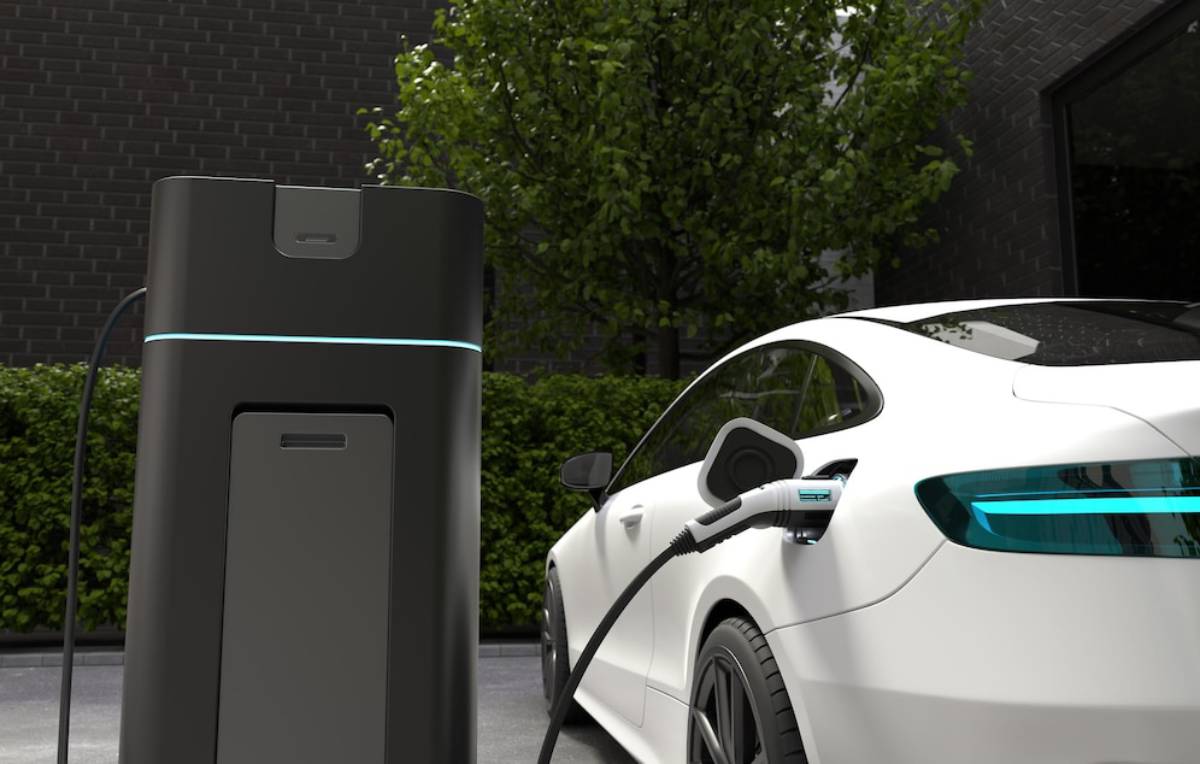
EV Tax Benefits and Subsidies Explained
Powering the Transition to a Greener Future
Imagine a future where clean, quiet, and efficient electric vehicles (EVs) outnumber noisy, petrol-guzzling cars. Thanks to growing environmental awareness and technological advancements, that future is fast becoming a reality. But there’s another powerful driver behind the EV revolution: government tax incentives and subsidies.
From cutting carbon emissions to reducing oil dependence, nations worldwide are encouraging their citizens to make the switch to electric. One of the most effective ways to do this? EV tax incentives and electric car subsidies.
In this comprehensive guide, we’ll unpack everything you need to know about EV financial incentives—how they work, who’s eligible, their global landscape, and what they mean for you as a current or prospective EV owner. Whether you’re an environmentally conscious driver or a policy enthusiast, this blog offers a thorough exploration of green vehicle policies and their role in shaping the future of transportation.
Why Governments Offer EV Incentives
Tackling Climate Change Head-On
Transportation is one of the largest contributors to global greenhouse gas emissions. By offering electric car subsidies, governments aim to cut emissions significantly, aligning with international climate targets like the Paris Agreement.
Stimulating EV Market Growth
Many EV models are still more expensive upfront than their petrol counterparts. EV tax incentives help narrow this cost gap, making clean vehicles more accessible to the average consumer.
Driving Innovation and Industry Investment
Government incentives aren’t just about consumers. They also stimulate automotive innovation and investment in EV infrastructure, including battery technology and charging networks.
Reducing Oil Dependency
By promoting EV adoption, countries reduce their reliance on imported fossil fuels, enhancing energy security and stabilising national economies.
Types of EV Financial Incentives
1. Purchase Subsidies
Direct financial assistance or rebates are offered at the point of sale.
Examples:
- The UK’s Plug-in Car Grant (now discontinued but previously offered up to £2,500).
- Germany’s environmental bonus (Umweltbonus) provides up to €9,000.
2. EV Tax Credits and Deductions
Offsetting your tax liability through incentives.
Examples:
- The US Federal EV Tax Credit (up to $7,500).
- Norway’s exemption from purchase taxes and VAT for EVs.
3. Reduced Registration Fees and Road Tax
Governments offer breaks on vehicle registration and annual taxes.
Examples:
- Zero road tax for EVs in the UK under the Vehicle Excise Duty system.
- Reduced registration fees in several Australian states.
4. Company Car and Business Incentives

EVs offer tax-efficient options for companies and fleet owners.
Examples:
- Benefit-in-kind (BiK) tax relief for electric company cars in the UK (as low as 2%).
- Depreciation bonuses and tax deductions for business EV purchases in the US and Australia.
5. Charging Infrastructure Support
Subsidies and tax credits to install home or commercial EV chargers.
Examples:
- UK’s EV charge point grant.
- US tax credit of 30% for EV charger installations (up to $1,000).
6. Non-Monetary Benefits
Perks that make EV ownership more convenient.
Examples:
- Access to carpool lanes in California.
- Free parking and toll exemptions in Norway.
Spotlight on EV Incentives Around the World
United Kingdom
Despite phasing out the Plug-in Car Grant, the UK continues to offer strong incentives:
- 0% road tax (until April 2025).
- BiK tax incentives for electric company cars.
- Grants for home charger installations.
- Zero-emission vehicle mandates to push automaker compliance.
United States
A federal system with layered state incentives:
- Up to $7,500 federal EV tax credit, with additional state-level benefits (e.g. California’s Clean Vehicle Rebate Program).
- Tax credits for EV charging infrastructure.
- Some states offer sales tax exemptions.
Norway
A global leader in EV adoption:
- No VAT or purchase tax on EVs.
- Free public parking.
- Access to bus lanes.
- Toll and ferry exemptions.
China
Home to the world’s largest EV market:
- Government subsidies for domestic manufacturers.
- Reduced licence plate fees.
- Investments in battery swapping and charging infrastructure.
Germany
Combines federal and manufacturer incentives:
- Umweltbonus up to €9,000 (shared by government and automakers).
- Tax exemption for EVs for up to 10 years.
- Corporate tax deductions.
Real-Life Impact: Do These Incentives Work?
Case Study: Norway’s EV Revolution
Norway’s long-term commitment to green vehicle policies has produced phenomenal results:
- EVs made up over 80% of new car sales in 2023.
- Public perception shifted dramatically—EVs are now considered mainstream.
- Robust charging infrastructure supports growing demand.
Global Trends and Stats
- The IEA (International Energy Agency) reports over 14 million EVs sold globally in 2023, nearly 18% of all car sales.
- Countries with strong incentives (e.g. Norway, China, Netherlands) lead EV market penetration.
The Business Case for Going Electric
Fleet Management and Company Savings
- Lower BiK rates and maintenance costs make EVs attractive for fleet operators.
- Businesses benefit from green branding and sustainability targets.
Start-ups and Entrepreneurs
- Financial support for charging infrastructure encourages new business models (e.g. charging networks, EV leasing).
- Government grants and R&D support reduce entry barriers.
Tax Advantages for Individuals
- Reduced annual running costs.
- Capital allowances and lower insurance premiums.
- Access to more affordable long-term leasing plans.
Challenges and Criticisms of EV Incentives
Equity and Accessibility

- High upfront cost remains a barrier despite incentives.
- Urban dwellers benefit more than rural populations lacking infrastructure.
Policy Instability
- Sudden withdrawal of subsidies (e.g., the UK’s Plug-in Car Grant) creates market uncertainty.
- Frequent policy changes may deter investment.
Manufacturer and Market Manipulation
- Some automakers price vehicles to match post-incentive affordability, diluting consumer benefit.
Environmental Concerns
- Not all EVs are created equal—battery production and electricity sources impact lifecycle emissions.
The Future of EV Subsidies and Tax Benefits
Towards Long-Term Sustainability
Experts predict a gradual phase-out of subsidies as EVs become competitively priced. Focus is shifting towards:
- Building robust infrastructure.
- Encouraging second-hand EV markets.
- Investing in cleaner battery production.
Digital Tools and Transparency
- Governments are rolling out online portals for real-time tracking of eligibility and incentive use.
- Integration with tax systems streamlines claims and deductions.
Global Collaboration
- Standardising emissions reporting and lifecycle analysis across countries.
- Cross-border incentives for trade and manufacturing partnerships.
Conclusion: Making the Most of EV Incentives

The shift to electric mobility isn’t just about buying a new car—it’s about rethinking how we power our lives. EV tax incentives and electric car subsidies are powerful tools helping us get there, accelerating adoption, innovation, and environmental stewardship.
But these benefits won’t last forever. With many countries already planning to phase them out, now is the time to act. If you’re considering going electric, explore the support available in your region. Use this momentum to not only save money but also be part of a cleaner, smarter transport future.
Ready to go electric? Start by checking your local incentives, speaking with an EV dealer, and seeing how much you could save. Every switch makes a difference—both for your wallet and the world.


